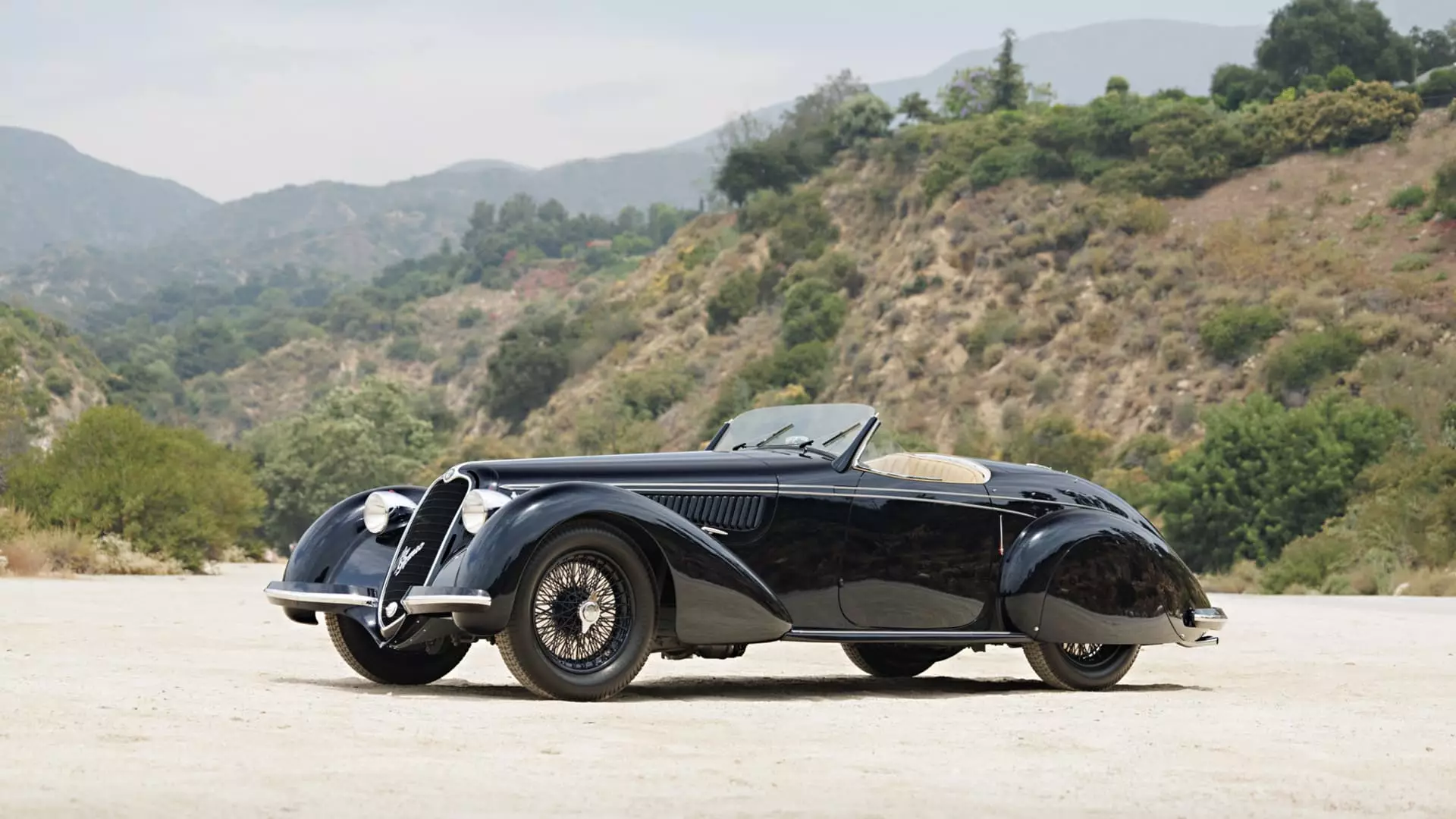The classic car auction sales during Monterey Car Week experienced a 3% decline from the previous year, signaling a shift in preferences among wealthy collectors. While there is still ample money to spend in the market, it seems that the types of cars that are in demand are changing. Experts suggest that a new generation of collectors, mainly Gen Xers and millennials, are now influencing the market. These younger collectors are showing a preference for cars from the 1980s, 1990s, and 2000s, as opposed to the classic cars from the 1950s and 1960s that have been popular among baby boomers for decades. This change in taste is causing a surplus of unsold classic cars from the 1950s and 1960s, as they fail to attract buyers at auction.
The oversaturation of similar classic cars at numerous auctions has led to a decline in prices and sales. According to Simon Kidston, the founder of Kidston and an advisor to wealthy collectors, the abundance of similar “product” in the market has made it challenging to generate strong prices. Many of these cars have already been on display in dealer windows for extended periods, which can deter potential buyers from considering them as valuable acquisitions. The lack of variety and uniqueness in the classic cars being auctioned off is contributing to the struggle in finding buyers willing to pay premium prices for these vehicles.
Changing Dynamics
The sell-through rate for pre-1981 cars priced at $1 million or more was a mere 52%, reflecting the dwindling interest in older classic cars among collectors. On the contrary, cars less than 4 years old had a much stronger sell-through rate of 73%, indicating a shift towards modern vehicles. The Hagerty Supercar Index, which tracks sports cars from the 1980s through the 2000s, has seen a significant increase in value compared to the Blue Chip Index of 1950s and 1960s classics, which has experienced a decline. This changing dynamic in the classic car market is driven by the preferences of a younger generation of collectors who are now the driving force behind auction sales.
Another factor that could be influencing the classic car market is the rise in interest rates. Financing has played a significant role in enabling buyers to purchase classic cars and expand their collections. However, with increasing interest rates, the opportunity cost of investing in a classic car has also risen. Potential buyers may now be weighing the option of earning higher returns through other investment opportunities rather than purchasing a classic car. This shift in mindset, driven by the potential for greater financial gains elsewhere, could be dampening the enthusiasm for classic car acquisitions.
The classic car auction sales landscape is undergoing a transformation due to changing collector preferences, market saturation, and the impact of interest rates. As younger collectors assert their influence on the market, the demand for modern vehicles is on the rise, while interest in older classic cars from the 1950s and 1960s is waning. The market is experiencing a period of adjustment as it transitions from traditional classics to modern supercars. This shift in dynamics is expected to have lasting implications on the pricing and sales of classic cars in the years to come.

Leave a Reply